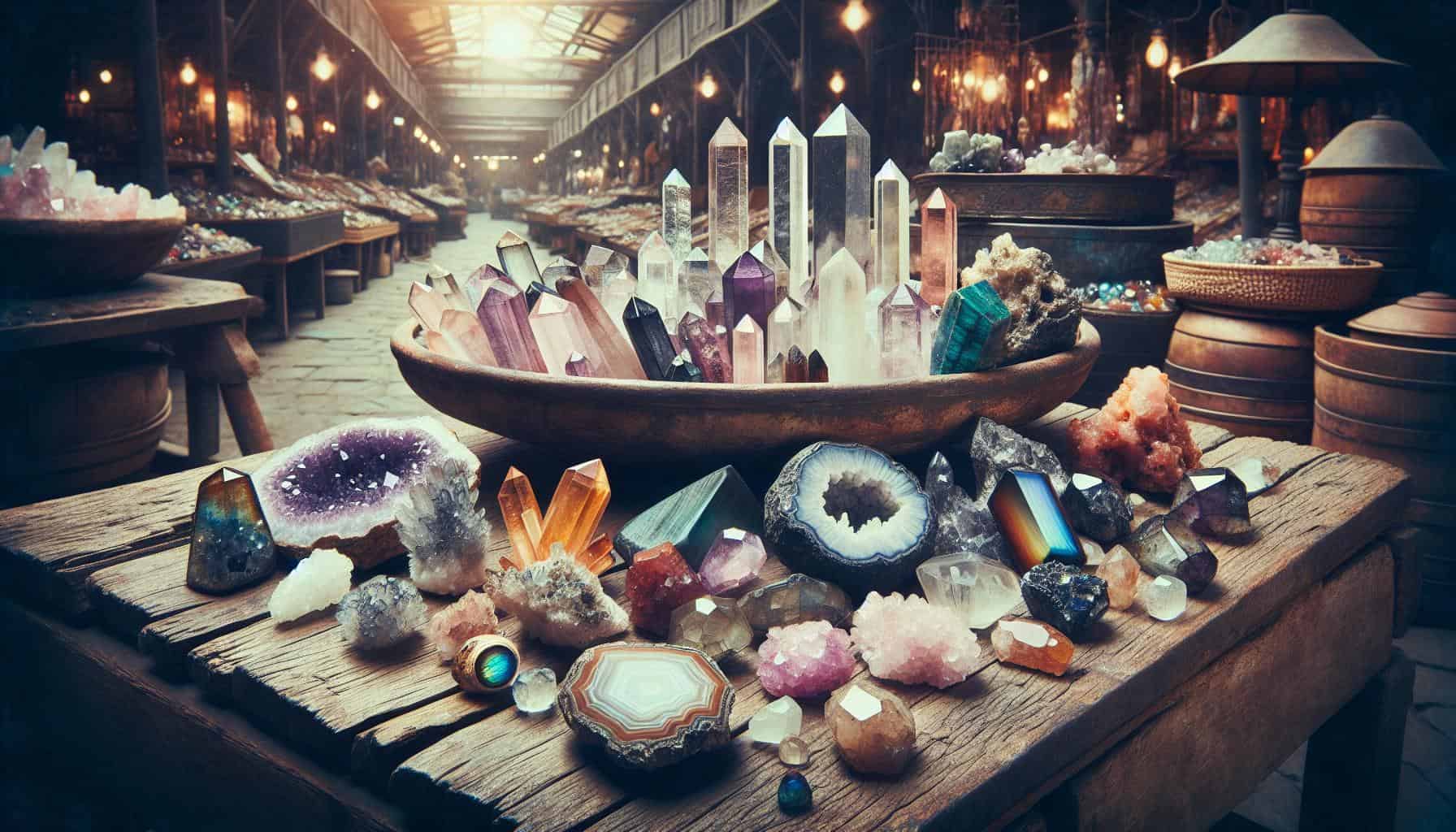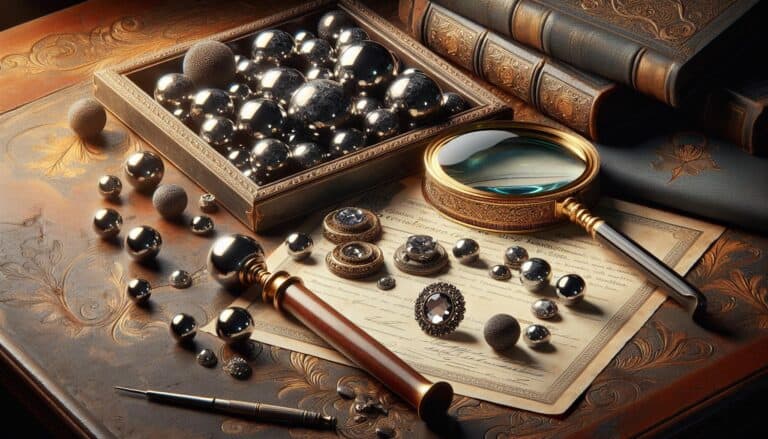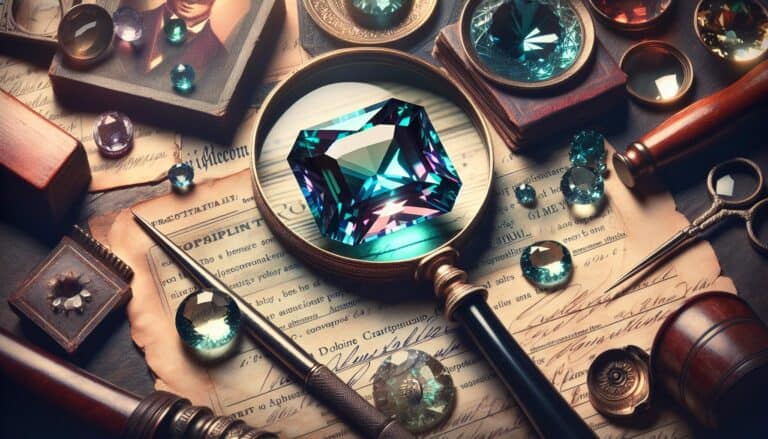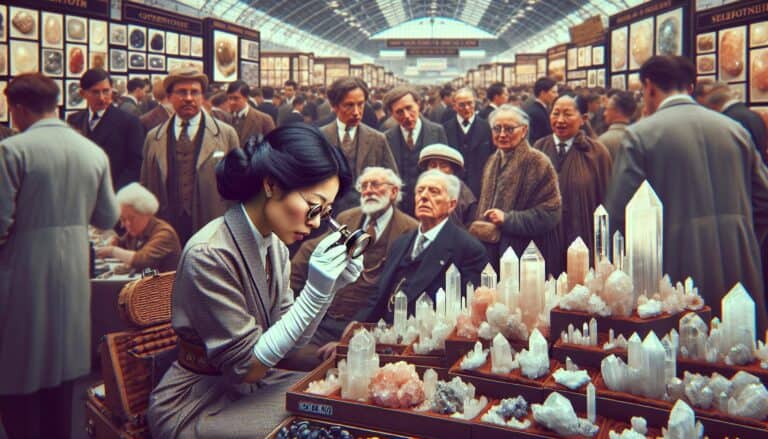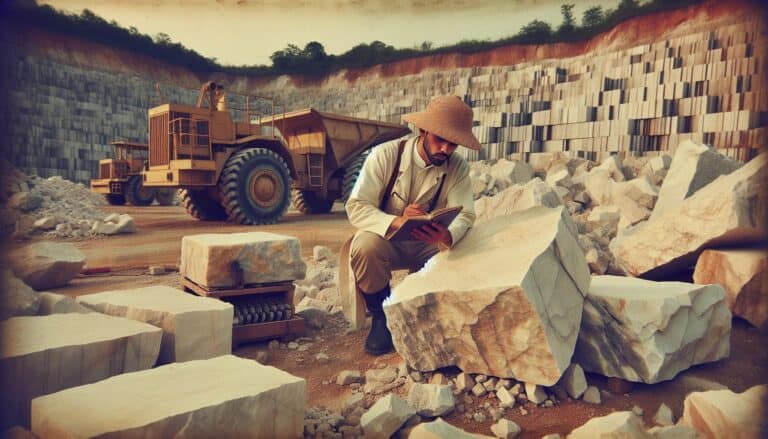Venturing into the world of crystals can be as enchanting as it is profitable.
Whether you’re drawn to their mystical allure or their potential for financial gain, buying and selling crystals has never been more accessible. You’re about to embark on a journey that’s as much about personal discovery as it is about commerce.
Navigating the crystal market requires insight and finesse. You’ll need to know what makes each gem unique and how to spot the true treasures. With the right knowledge, you’ll connect with buyers and sellers who share your passion and are eager to trade in these beautiful stones.
Armed with the right strategies, you’re set to tap into this sparkling market. From amethyst to zincite, the world of crystals awaits your exploration.
Get ready to uncover the secrets to successful buying and selling in this vibrant marketplace.
Buying and selling crystals combines personal discovery and commerce. Understanding each gem’s uniqueness and market trends is crucial. With knowledge and strategy, tap into the vibrant crystal marketplace, from amethyst to zincite.
Understanding the Crystal Market
When stepping into the crystal market, you’re not just buying pieces of mineral — you’re investing in a culture steeped in history and spirituality. Knowledge is power in this niche, and understanding the market’s dynamics is crucial to your success.
First, recognize the various types of crystals available and what sets them apart. From common quartz to rare moldavite, each has its own set of properties and market value. Crystals like amethyst and rose quartz are abundant and therefore more affordably priced, while stones such as Larimar and black opal are coveted for their rarity and can fetch a premium.
Market trends also play a significant role. Interest in specific crystals can surge due to popularity in media or endorsements by influential figures. Always keep your finger on the pulse of the latest trends by:
- Subscribing to specialized crystal magazines
- Joining online communities and forums
- Attending trade shows and auctions
There’s also the aspect of ethical sourcing. Conscious buyers today demand transparency in where and how their crystals were mined. Provenance can significantly affect the value and desirability of a crystal. If you’re able to verify that your crystals are ethically sourced, you have a strong selling point.
Lastly, understanding pricing is critical. Prices can fluctuate based on:
| Factor | Influence on Price |
|---|---|
| Rarity | Increases price |
| Demand | Increases or decreases price |
| Quality | Increases price |
| Size | Larger sizes typically fetch higher prices |
| Provenance | Ethically sourced crystals can command higher prices |
By staying informed and adapting to market fluctuations, you’ll position yourself as a savvy buyer or seller in the enchanting world of crystals. Keep honing your expertise, and don’t be afraid to seek advice from experienced collectors or consultants to broaden your understanding of the crystal market.
Types of Crystals and Their Significance
When diving into the vast world of crystals, you’ll encounter an array of types each holding unique properties and values. Understanding these can significantly impact your buying and selling decisions.
First on the list are quartz crystals, the most abundant and diverse mineral family. Among them, clear quartz is famed for its healing properties and is a staple in many collections. Amethyst, a purple quartz variety, is highly sought after for its beauty and purported spiritual benefits.
Then you have precious gemstones, including diamonds, rubies, sapphires, and emeralds. These are not only valuable due to their rarity and hardness but also because of their rich color and brilliance. They’re often the highlight of upscale jewelry pieces and carry premium price tags.
- Quartz Crystals
- Clear quartz: Healing and clarity
- Amethyst: Beauty and spirituality
- Precious Gemstones
- Diamonds: Hardness and brilliance
- Rubies: Rarity and color depth
Another category is geodes, hollow rocks lined with crystals or minerals on the inside. They can be small enough to fit in your palm or large enough to stand on their own as statement pieces. Their unexpected beauty, when cracked open, makes them a fascinating choice for collectors and interior designers alike.
Unique crystals such as tourmaline offer a kaleidoscope of colors and are renowned for their ability to display multiple hues within a single specimen. Similarly, labradorite is prized for its mesmerizing play of colors, making it a popular choice for those looking to add a touch of mystique to their collection.
When considering investments, remember size, color saturation, and clarity are key factors that influence a crystal’s value. Rarity and provenance can also boost a crystal’s worth, particularly when associated with a renowned mining location.
As you navigate the crystal market, keep an eye on emerging trends. For instance, minerals like lithium quartz and lepidolite have grown in popularity due to their association with mental wellness. Being aware of such trends could offer lucrative opportunities for timely investments.
Evaluating the Quality of Crystals
When you’re looking to buy or sell crystals, understanding how to evaluate their quality is crucial. Quality assessment involves careful scrutiny of certain characteristics that define the worth of a crystal. Begin with the Four Cs: Color, Clarity, Cut, and Carat weight – principles also applied to precious gemstones like diamonds.
- Color: A crystal’s color must be vibrant and consistent throughout the stone. High-quality crystals exhibit pure, vivid hues without any brown or gray overtones. Color zoning, which is the uneven distribution of color, can significantly diminish the value.
- Clarity: The presence of inclusions, or internal features, can either enhance or detract from a crystal’s appeal. Some crystals, like quartz, are more valuable when they’re clear and inclusion-free. However, certain inclusions can be seen as a positive trait, adding uniqueness.
- Cut: A well-executed cut should enhance the crystal’s natural beauty, bringing out its sparkle and color distribution. A poor cut can significantly affect its brilliance and, consequently, its desirability.
- Carat Weight: While larger crystals generally fetch higher prices, the value-per-carat can increase dramatically for smaller, more perfect specimens.
Next, assess the crystal for any damage or imperfections on the surface as these can affect both its vibrancy and structural integrity. Polish and finish also play a role – a high-quality polish can conceal minor imperfections and improve the overall look of the crystal.
Provenance, or the crystal’s history, should not be overlooked. A crystal from a renowned location or one that has been part of a significant collection may have added value. Always verify authenticity with appropriate documentation.
Keep tabs on the latest mining locations; newly discovered areas can surge the value of certain crystals if they’re in high demand. Staying connected with the community and knowledgeable dealers can give you an inside scoop on such developments.
Remember that the crystal’s energetic properties, while not quantifiable, are often a selling point. Whether for healing, spiritual work, or aesthetic purposes, the intangible allure of crystals can influence their market value. Assessing quality goes beyond the physical – it’s about understanding the intersection of aesthetics, rarity, and emotional resonance.
Finding Reliable Suppliers and Buyers
When venturing into the crystal trade, one of your top priorities should be to find trustworthy suppliers and buyers. Building solid partnerships is key to ensuring quality, authenticity, and fair prices for your transactions. Here’s how you can solidify your network and thrive in the world of crystal dealing.
Research is paramount when scouting for suppliers. Attend trade shows, fairs, and conventions that focus on minerals and gemstones. These events are hotspots for networking and offer opportunities to gauge the quality of merchandise firsthand. You can chat with vendors, ask questions about their products, and potentially secure wholesale deals.
Online platforms can also connect you with both suppliers and buyers. Websites and forums dedicated to minerals and gemstones provide vendor reviews and can be a treasure trove of information. Always look for suppliers with:
- Positive feedback and high ratings
- Transparency about the origin of their crystals
- Fair return policies
Social media groups and pages are excellent for staying in touch with the crystal community. Here, members often share their buying and selling experiences, which can guide you to reputable contacts.
Looking for buyers requires a different tactic. You’ll want to establish yourself as a credible seller with a well-curated collection. Ensure you provide:
- Detailed descriptions of your crystals
- Certificates of authenticity when appropriate
- High-quality images or videos showcasing your products
Educate your audience about the properties and benefits of the crystals you’re selling. The more knowledgeable you appear, the more trust you gain, which in turn attracts serious buyers. Consider leveraging ecommerce platforms that cater to the niche of crystals and gemstones to reach a wider audience.
Remember, supply and demand fluctuate, so keep your network active and engaged. Regular communication with both suppliers and buyers will not only help you stay updated with market trends but also establish long-term, profitable relationships.
Pricing Strategies for Buying and Selling Crystals
When diving into the crystal market, understanding the nuances of pricing is crucial. You’ll want to ensure that you’re getting value for your money when buying and that you’re pricing your crystals competitively when selling. There are several key strategies to consider for effective price setting.
Assess Market Demand
Firstly, you need to gauge the current demand for various types of crystals. Popular stones, like amethyst and rose quartz, may fetch lower prices due to high availability, whereas rarer stones like moldavite can command premium prices. Use online platforms and industry reports to track which crystals are trending.
Cost-Based Pricing
Start by determining your baseline with cost-based pricing. This involves setting your prices based on the cost of acquisition, processing, and other overhead expenses. Make sure to factor in:
- Buying costs: This includes the price you paid for the crystal, shipping, and any handling fees.
- Operating expenses: Consider costs related to storing and maintaining your crystal inventory.
Value-Based Pricing
Value-based pricing goes beyond mere costs and considers the perceived value of a crystal. Here’s where your crystal’s rarity, size, and unique features can justify a higher price point. Remember, collectors may be willing to pay more for a piece with significant appeal, whether it’s for its aesthetic qualities or metaphysical properties.
Competitive Analysis
Keep an eye on your competition. By analyzing how they price similar crystals, you can identify a pricing range that’s competitive yet fair. Don’t undercut yourself, but also avoid pricing so high that your crystals become unattractive to potential buyers.
Dynamic Pricing
Adopt a dynamic approach, where you adjust prices based on fluctuating market conditions. For instance, if you discover an upsurge in interest for a specific type of crystal, you might consider increasing prices moderately. Similarly, if the market is saturated, adjusting prices to be more competitive could be a smart move.
Always be transparent with your pricing, providing potential buyers with clear explanations for your rates. Trust is paramount in the crystal business, and being upfront about your pricing strategies can build long-term customer relationships. Remember to continually analyze market trends and adjust your strategies accordingly.
Conclusion on Making Money With Crystals
Venturing into the crystal market can be as enlightening as it is profitable if you’re armed with the right knowledge.
Remember, assessing a crystal’s value goes beyond its immediate appearance. You’ve got to consider size, color, clarity, and rarity—each aspect as crucial as the next. Keep a keen eye on market trends and don’t be afraid to adapt your pricing strategies. Whether you’re buying for your collection or selling for profit, transparency with your customers will build trust and credibility.
Dive in with confidence, stay informed, and watch as your crystal endeavor reflects the very brilliance and clarity of the gems you’re trading.

